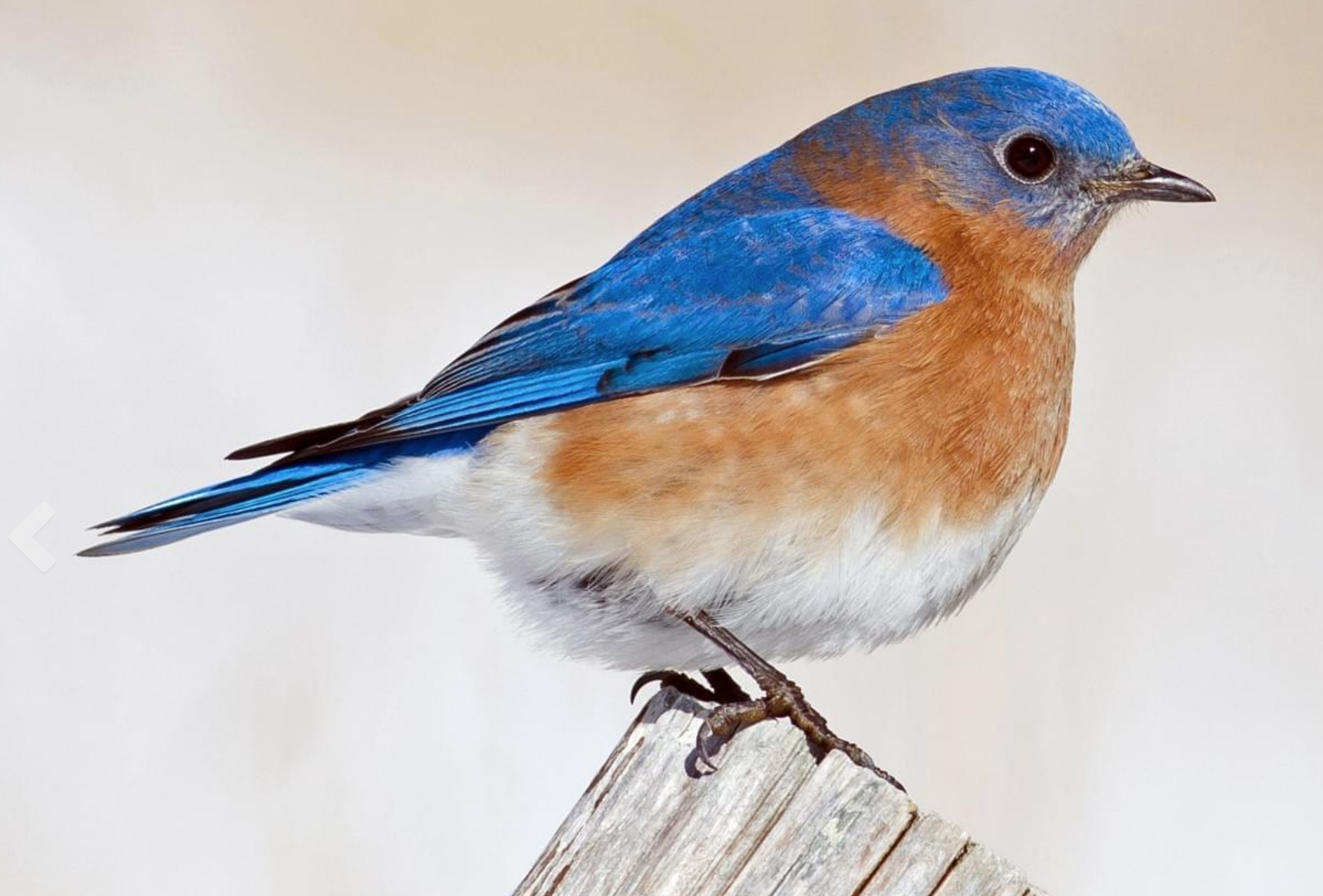The Cavity Nesting Team
Contributed by Bill Hamilton
A wonderful team of ten volunteers has been monitoring and maintaining a set of twenty-eight nest boxes in Harrison Halls Park (Allegheny County, PA) for the past three years. The team calls themselves “The Cavity Nesting Team,” and their focus is on the myriad of bird species who nest in both tree cavities and also artificial nesting boxes in the park. Eastern Bluebirds, Tree Swallows, Nuthatches, Chickadees, and House Wrens are among the species that have been observed by The Team since 2015.
The data for the 2017 study shows that some species are thriving in Harrison Hills while other species are, for some reason, declining.
Eastern Bluebirds are doing very well in Harrison Hills. Half of the nest boxes had Bluebird nests. Eighty Bluebird eggs were observed and 68 bluebird fledges were counted.
Tree Swallows, though, are declining in the park. Only three nest boxes had Tree Swallow nests (compared to nine boxes with tree swallow nests in 2015). There were nine Tree Swallow eggs in these nests, but, unfortunately, because of difficulties of looking into these tall, feather
laden nests (upon which adults continued to sit even when the Team member opened the nest box!) actual counts of nestlings and then fledglings could not be made. Needless to say, it is logical to infer that total Tree Swallow fledges for 2017 from these nine eggs had to be substantially less than the twenty-two fledges of 2015!
We don’t know why the tree swallow numbers are so low. Changes in food supply, impacts of competition, availability of alternative sites for nests, or the influence of increasing numbers of House Wrens are all hypotheses the Team is considering.
House Wren numbers are quite high in these Harrison Hills nest boxes. In 2015 there were no House Wrens nesting in these boxes, but in both 2016 and 2017 eight or nine of the boxes were used by house wrens for their nests. House Wrens are extremely aggressive and destructive birds. They are one of the most common causes of nest failure in Bluebirds, Tree Swallows and Chickadees. They destroy eggs, kill nestlings, and even kill adult birds (typically then throwing the broken eggs or dead birds from the invaded nest so that they can then start their own nesting cycle). Also, male House Wrens attempt to attract females by building numerous “dummy nests” (piles of sticks sometimes stacked up on the active nests of other birds!).
The Team set up two experiments this year to try to reduce the impact of the House Wrens on the other cavity nesting species:
Experiment #1: nest box openings were oriented away from surrounding vegetation and edge ecotones (habitats in which house wrens were likely to lurk). Reducing the visual stimulation of nesting birds entering and leaving their nest box, the Team hypothesized, might reduce the frequency of nest parasitism. This re-orientation of the box openings, though did not have any effect on House Wren activity.
Experiment #2: removal of the House Wren “dummy nests” to discourage House Wren reproduction. This also was not successful. Timely dummy nest removal would have required more frequent interventions with the nest boxes than the Team’s sampling scheme allowed. The nest boxes were significantly and comparably (compared to 2016) utilized by House Wrens for reproduction possibly to the detriment of the tree swallows.
For 2018, we have some ideas to try to reduce the impact of the House Wrens, and more observations and more ideas about explanations are sure to come!
